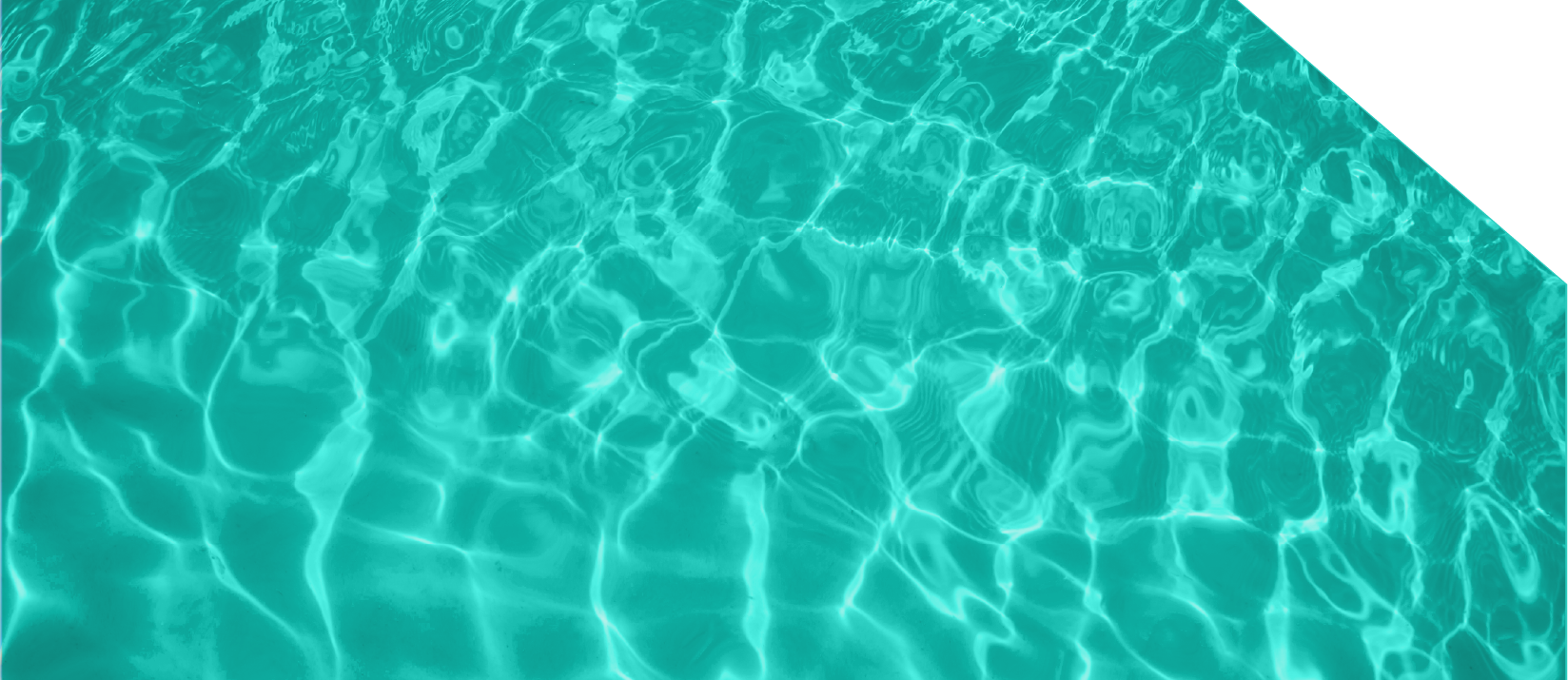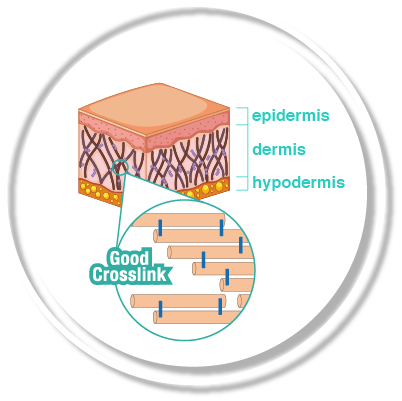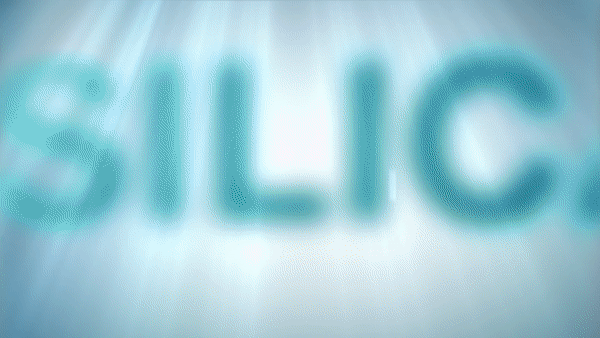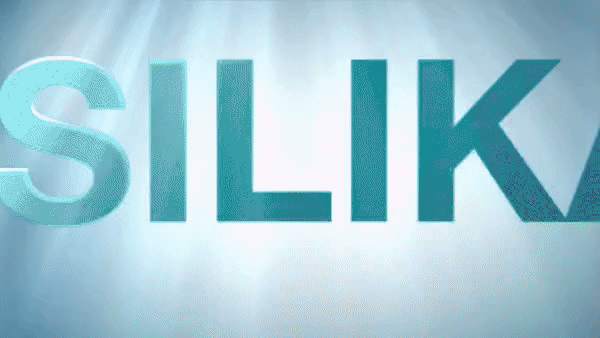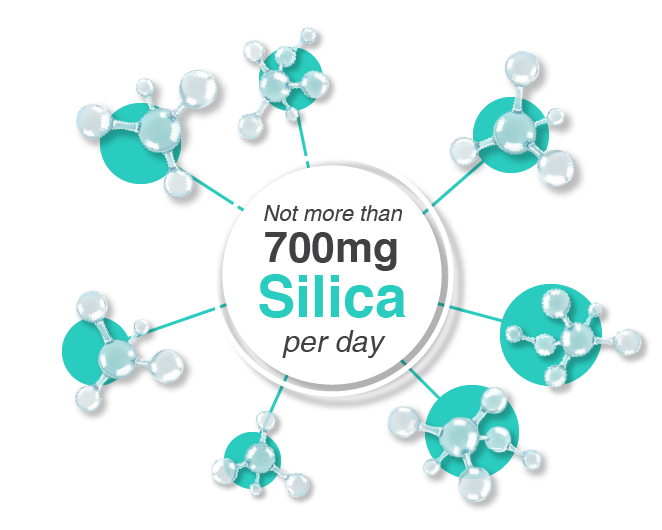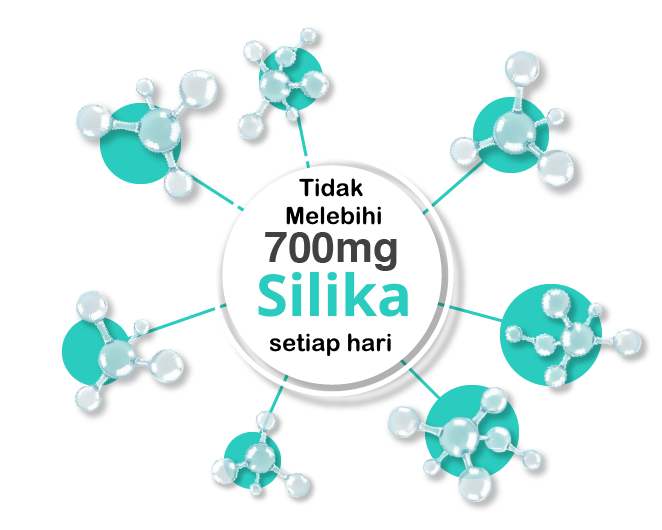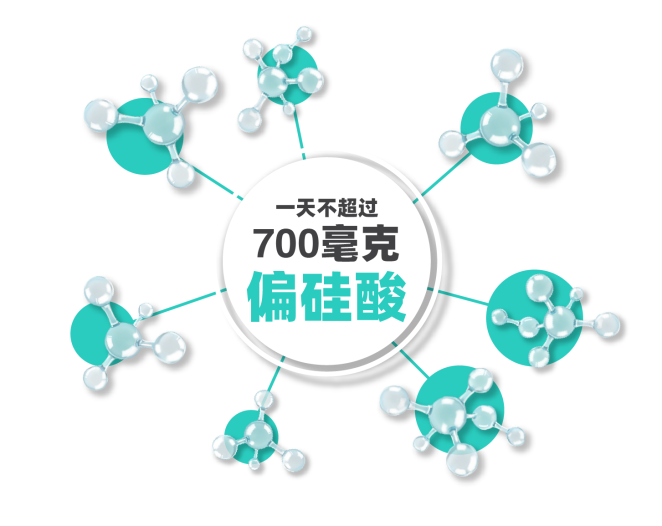What is
Apa itu
什么是
SILICA ?
SILIKA ?
偏硅酸 ?
Silica is a natural occurring mineral that has many health
benefits. In fact, silica is the third most abundant element
in the body, after iron and zinc(1).
benefits. In fact, silica is the third most abundant element
in the body, after iron and zinc(1).
Silika ialah mineral semula jadi yang mempunyai
banyak manfaat kesihatan. Malah, silika adalah unsur
ketiga paling banyak dalam badan, selepas besi dan zink(1).
banyak manfaat kesihatan. Malah, silika adalah unsur
ketiga paling banyak dalam badan, selepas besi dan zink(1).
偏硅酸是一种具有许多健康益处的天然矿物质。
事实上,偏硅酸是人体内含量排名第三的元素,仅次于铁和锌(1)。
事实上,偏硅酸是人体内含量排名第三的元素,仅次于铁和锌(1)。

